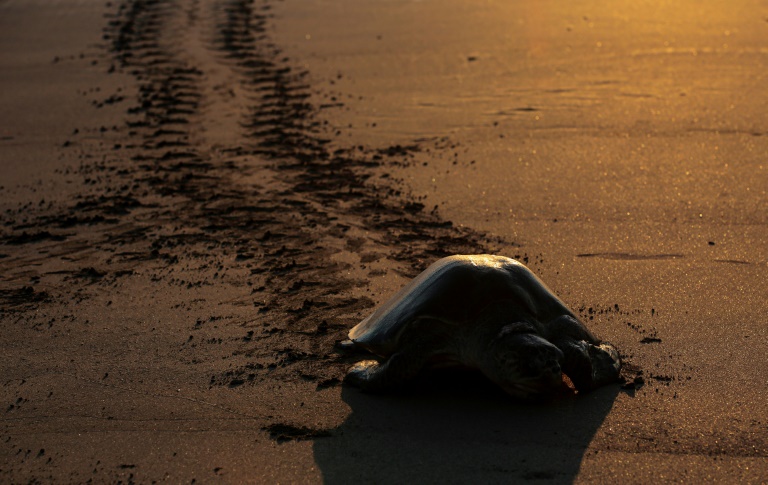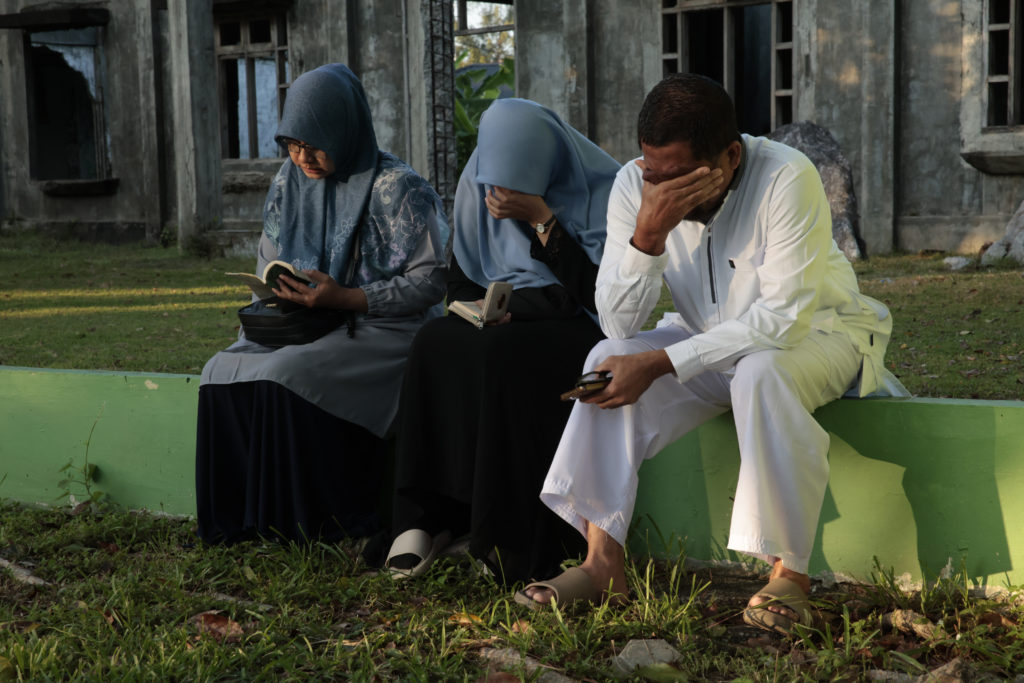Thousands of sea turtles laid their eggs on Nicaragua’s coast over the weekend under the watchful eye of the army, which protects the nests from possible predators — including humans.
The olive ridley sea turtles (Lepidochelys olivacea) migrate for long distances to spawn between July and January in the Pacific coast wildlife refuges of La Flor and Chacocente, areas where the endangered species is protected against predators that plunder its nests.
La Flor beach, in San Juan del Sur, is a tourist destination in southern Nicaragua. It is an ideal location for the olive ridley turtle to nest due to its tropical climate and warm waters, which encourage reproduction, according to environmentalists.
The turtle species, which as an adult measures a little more than half a meter (1.5 feet) long and weighs about 38 kilograms (84 pounds), can lay about 90 eggs in 24 hours. The incubation process takes 40 to 70 days.
Authorities at Nicaragua’s Ministry of Natural Resources and Environment estimate that for every 100 turtles that hatch, 90 enter the sea, but only three make it to adulthood.
The environmental authorities are implementing a sea turtle conservation plan in partnership with the army to prevent neighboring communities from raiding the nests.
The olive ridley, distinguished by its olive green color, is one of five turtle species that nest in Nicaragua, in addition to the green, hawksbill, loggerhead and leatherback sea turtles.










